SABRINA - EUROVELO BICYCLE ROUTE SAFETY INSPECTIONS DONE IN CZECHIA, SLOVAKIA AND HUNGARY
14-03-2022
The SABRINA project partner's team from the University of Zagreb, Faculty of Transport and Traffic Sciences (FPZ), visited Czechia, Slovakia and Hungary between 7th and 10th March 2022. With safety inspections of the selected parts of the EuroVelo routes in these three countries, we have completed the safety surveys in eight countries participating in the project.
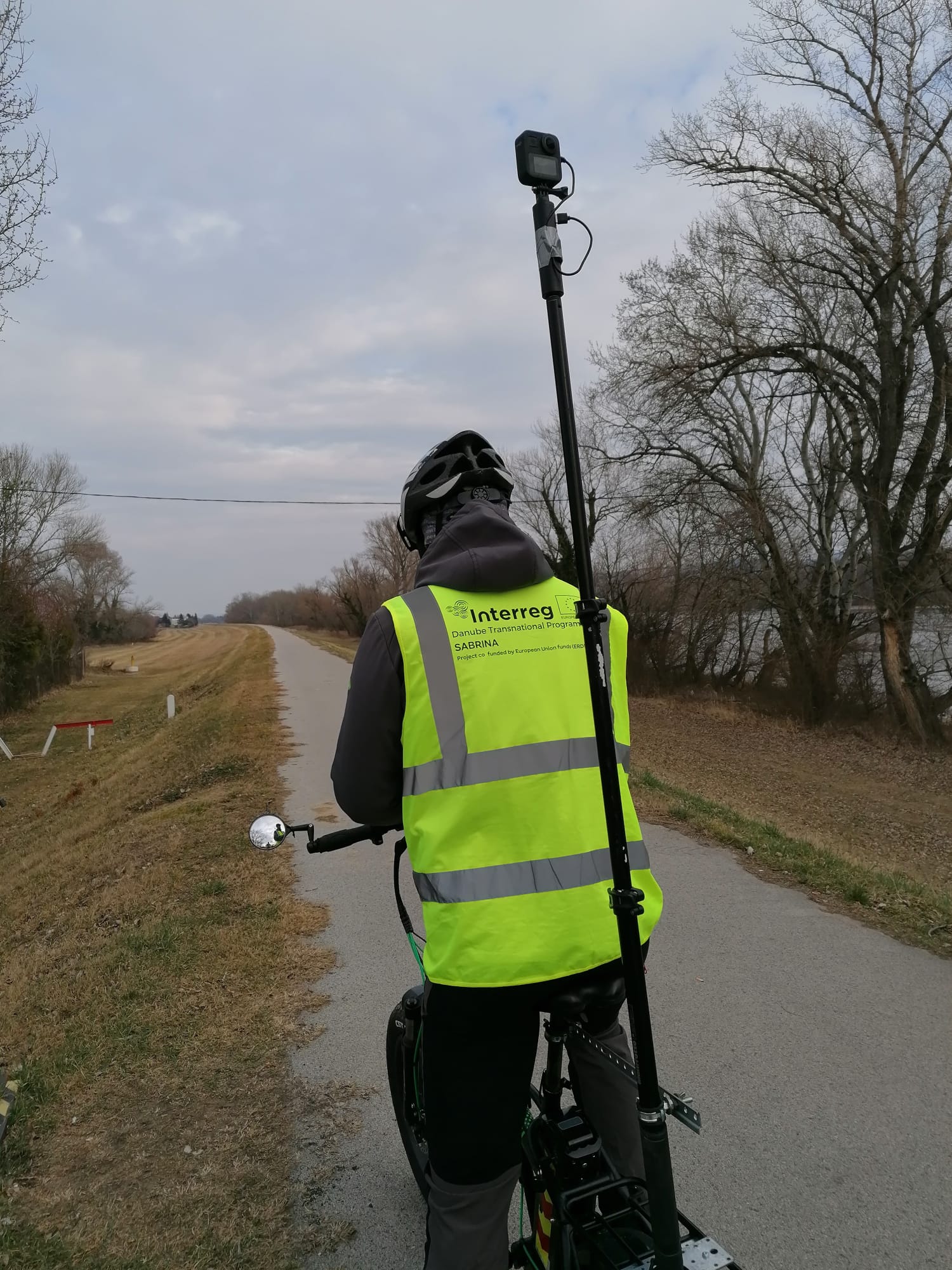 In Czechia, approximately 100 km of EuroVelo 9 between Jesenik and Šošuvka were surveyed. Selected parts of EuroVelo 9 or the Baltic-Adriatic route were inspected for safety last year already in Slovenia and Austria. From Czechia, the FPZ team continued with bicycle route safety surveys in Slovakia where they focused on around 100 km of EuroVelo 6 between Komarno and Štúrovo and of EuroVelo 13 between Moravský Svätý Ján and Bratislava. Besides Slovakia, the EuroVelo 13 or so-called Iron Curtain Trail was an object of our inspections in Croatia, Slovenia, Bulgaria and Romania. The Atlantic-Black Sea route (no. 6) is one of the most popular EuroVelo routes, on which we surveyed selected parts in Austria and Romania in 2021 as well. To wrap up the bicycle routes safety inspection in the past week, the FPZ team visited EuroVelo 6 in Hungary, where they focused on the route between Rajka and Győr, as well as the section between Komárom and Esztergom, located on the southern Danube riverbank, right in front of its Slovakian EuroVelo counterpart.
In Czechia, approximately 100 km of EuroVelo 9 between Jesenik and Šošuvka were surveyed. Selected parts of EuroVelo 9 or the Baltic-Adriatic route were inspected for safety last year already in Slovenia and Austria. From Czechia, the FPZ team continued with bicycle route safety surveys in Slovakia where they focused on around 100 km of EuroVelo 6 between Komarno and Štúrovo and of EuroVelo 13 between Moravský Svätý Ján and Bratislava. Besides Slovakia, the EuroVelo 13 or so-called Iron Curtain Trail was an object of our inspections in Croatia, Slovenia, Bulgaria and Romania. The Atlantic-Black Sea route (no. 6) is one of the most popular EuroVelo routes, on which we surveyed selected parts in Austria and Romania in 2021 as well. To wrap up the bicycle routes safety inspection in the past week, the FPZ team visited EuroVelo 6 in Hungary, where they focused on the route between Rajka and Győr, as well as the section between Komárom and Esztergom, located on the southern Danube riverbank, right in front of its Slovakian EuroVelo counterpart.
Leonid Ljubotina from FPZ said after the surveys: “Czechia, Slovakia and Hungary offer a vast array of landscapes and breath-taking countryside scenery which can satisfy even more demanding cyclists in search of attractive routes. The assessed infrastructure was mostly well maintained, ranging from stabilised gravel to concrete and asphalt pavement. Czech routes are mostly drawn upon local roads, which means that cyclists are mixed with motorised traffic and relatively less safe if compared to Slovakia or Hungary, where dedicated cycling infrastructure exists. By providing dedicated cycling infrastructure, cyclists are shielded from motorised traffic and benefit from greater freedom of movement. In Slovakia and Hungary, many construction sites were observed, showing that cycling is really being embraced. Vysomarch bridge, connecting Slovakia and Austria across the Danube river, was quite a nice surprise for the survey team, considering that such infrastructure is dedicated solely to cycling."
Anđelo Marunica, also from the FPZ survey team, commented: “We had almost no issues when surveying the routes either by bicycle or by car since they were well maintained, and it was clear to us that those routes were generally used by a lot of cyclists and pedestrians. Some minor inconveniences included a fallen tree in Slovakia on Eurovelo 13, and a snowy area on Eurovelo 9 in Czechia which blocked our path, but other than that, we had no difficulties whatsoever. Approximately, we have managed to survey around 300 km by car (aggregated for all three countries), and we have utilised survey bicycle for around 50 km long section in Slovakia (on Eurovelo 6)."
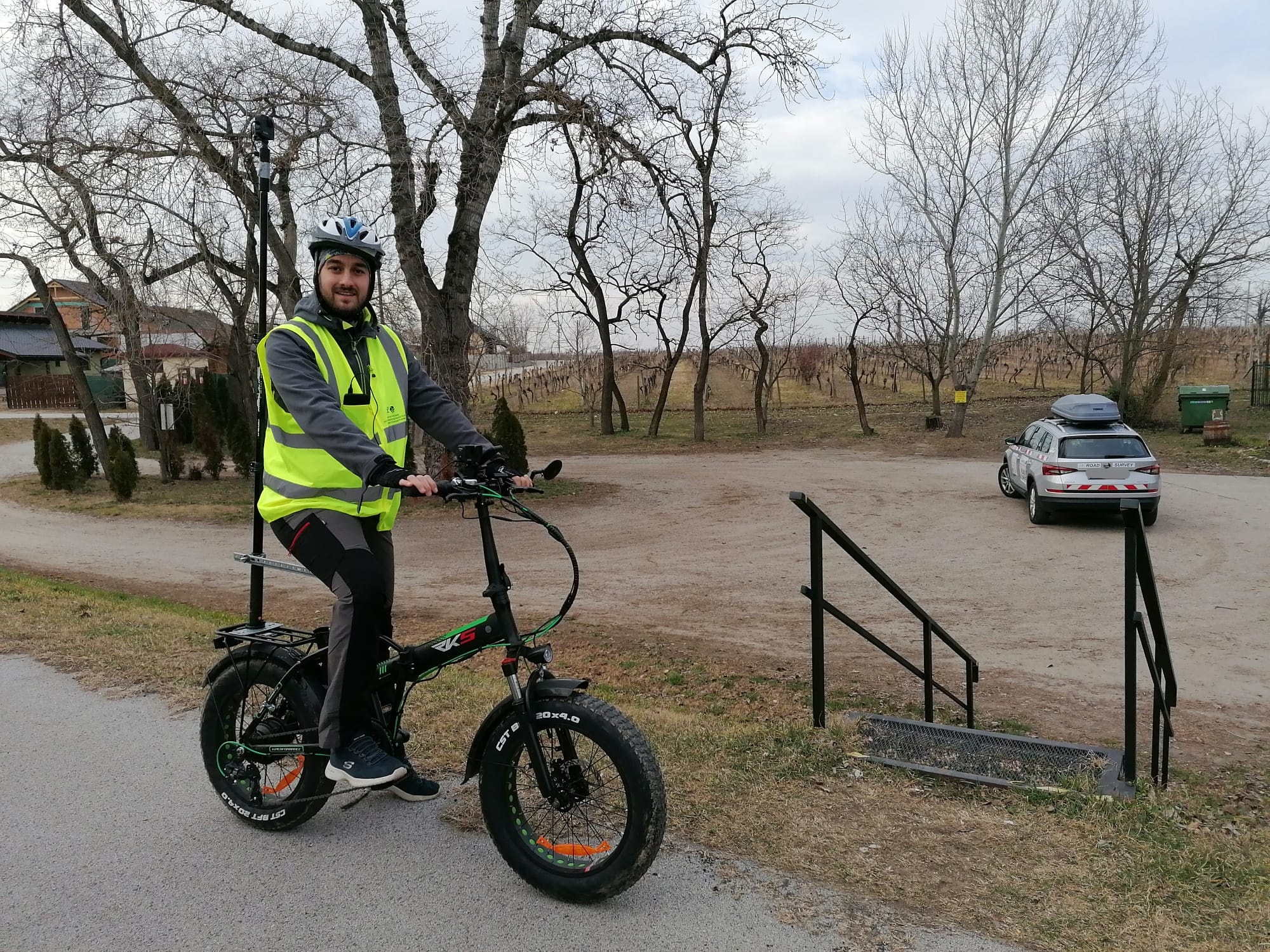
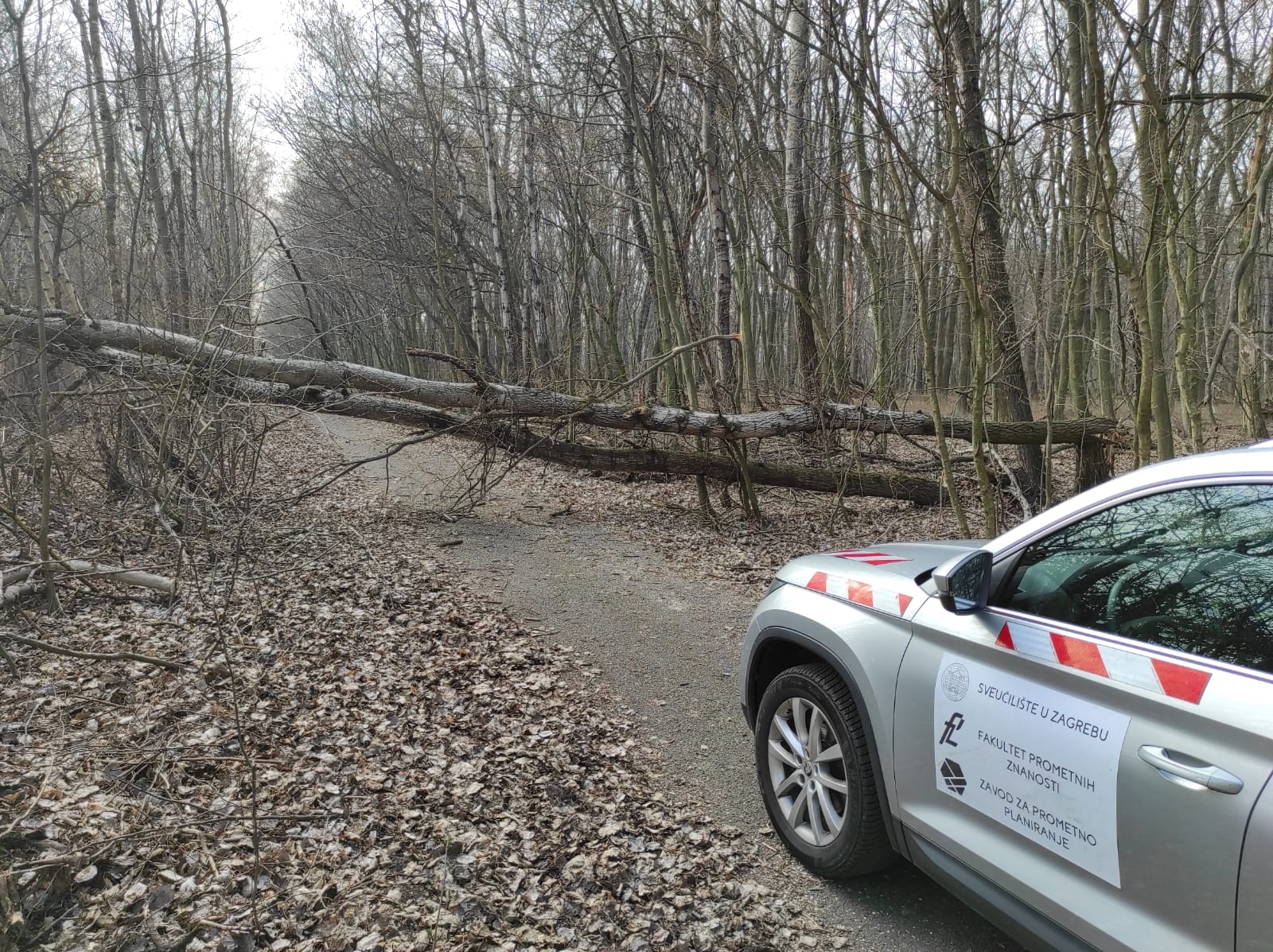
The importance of safety assessments was highlighted also by the SABRINA project’s partners. Jaroslav Martinek, Czech cycling coordinator, from the Partnership for Urban Mobility, said “the surveys are of great importance for Czechia. Parts of EuroVelo 9 are the very first bicycle routes in the country which were assessed for safety using the methods of iRAP and CycleRAP. In the future, we would like to see all the backbone cycle routes assessed like this in Czechia.” Like our Czech partners, Ján Roháč from the Slovak Ekopolis Foundation pointed out the SABRINA safety inspection was the pilot survey in Slovakia. “No similar safety assessments of cycling routes have been done yet. Generally, the safety of cycling networks is very underestimated by Slovak authorities, that is why such surveys and the SABRINA project as a whole are going to be very important for the development of cycling in Slovakia. Particularly in light of huge investments in cycling infrastructure coming from European union in upcoming years.” Zsombor Aradzski from Westpannon Team added: “Cycling has become a key topic for Hungary. 1,500 km of cycling paths are going to be built in the 2021–2027 programming period, still, we cannot forget the ones that have been already built. Assessing the safety features of the EuroVelo network provides valuable information both for the existing infrastructure and for the network elements of the future.”
Altogether, more than 2300 km of EuroVelo 6, 8, 9, 13 and 14 in eight countries were surveyed with specially equipped car and bicycle. The safety assessment of the bicycle routes surveyed in 2021 is currently happening. We are using the methodologies of the Road Assessment Program (RAP) (iRAP and CycleRAP) and the European Certification Standard (ECS) developed by the European Cyclists’ Federation. The results, including the iRAP Star Rating of the routes, will show how safe the respective routes are for cyclists and what could be done to improve their safety. Stay tuned!
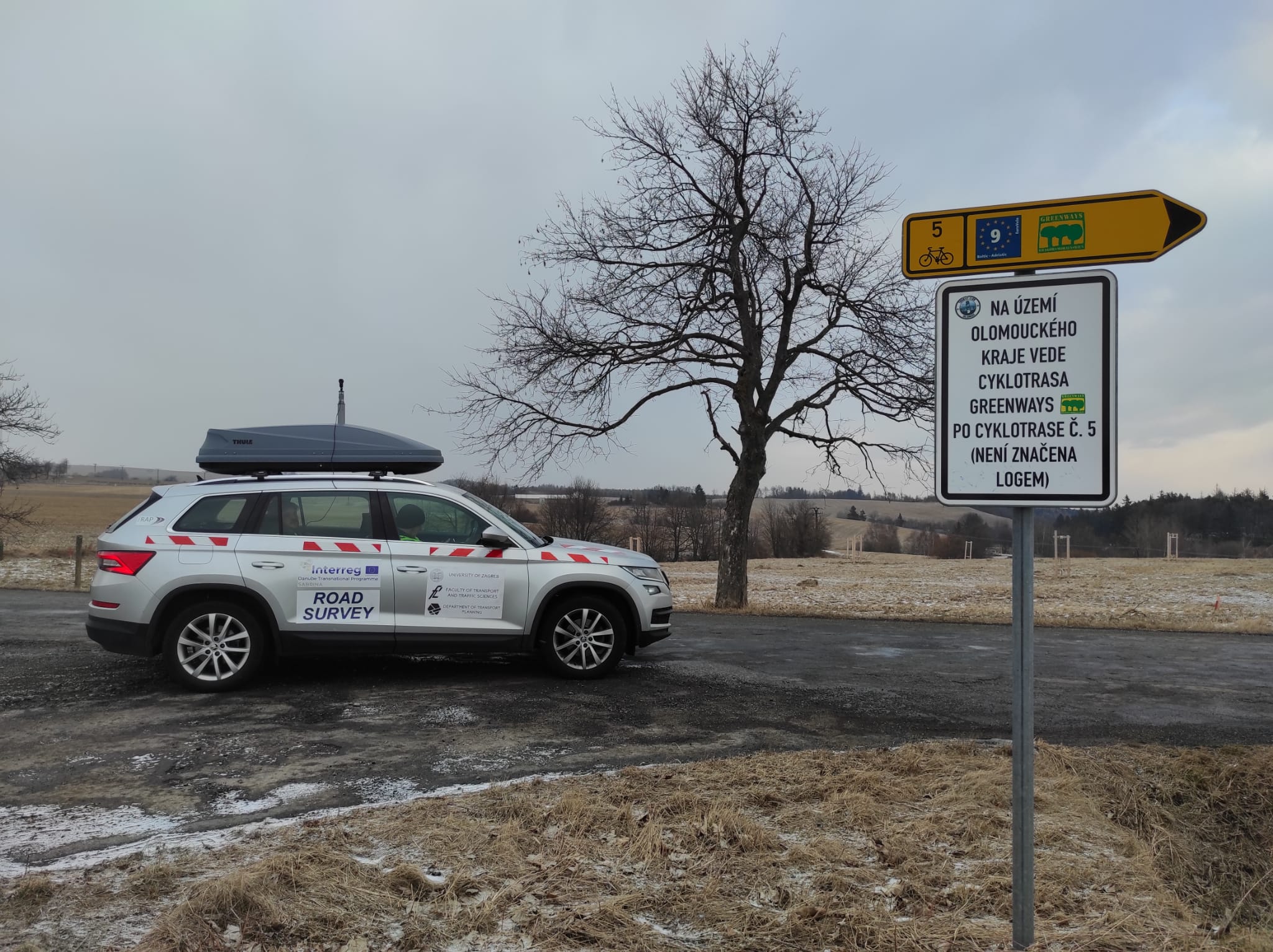
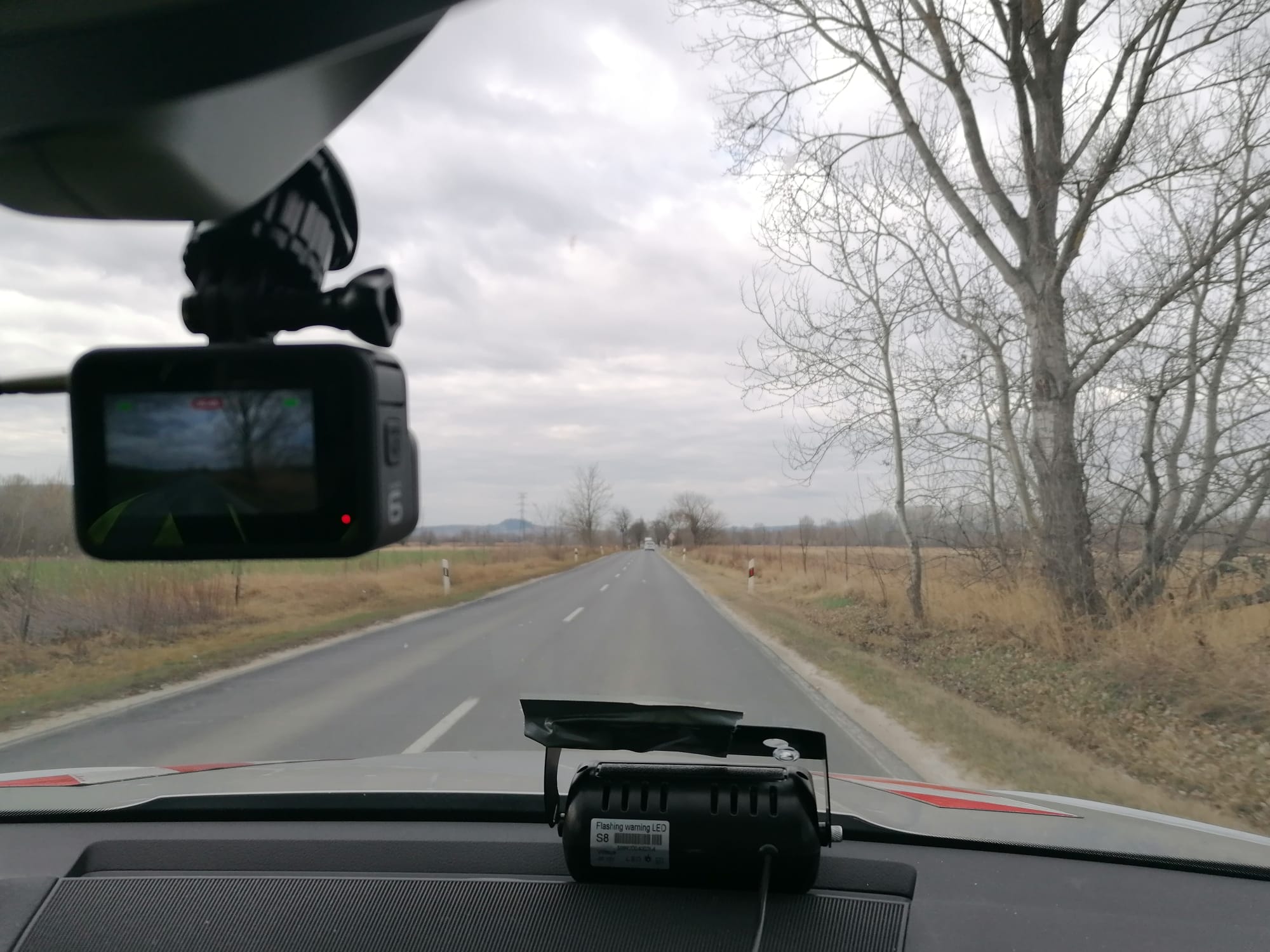
Photos (by the University of Zagreb, Faculty of Transport and Traffic Sciences):
Photos 1, 2 & 3: Route surveys in Slovakia
Photo 4: Route survey in Czechia
Photo 5: Route survey in Hungary



